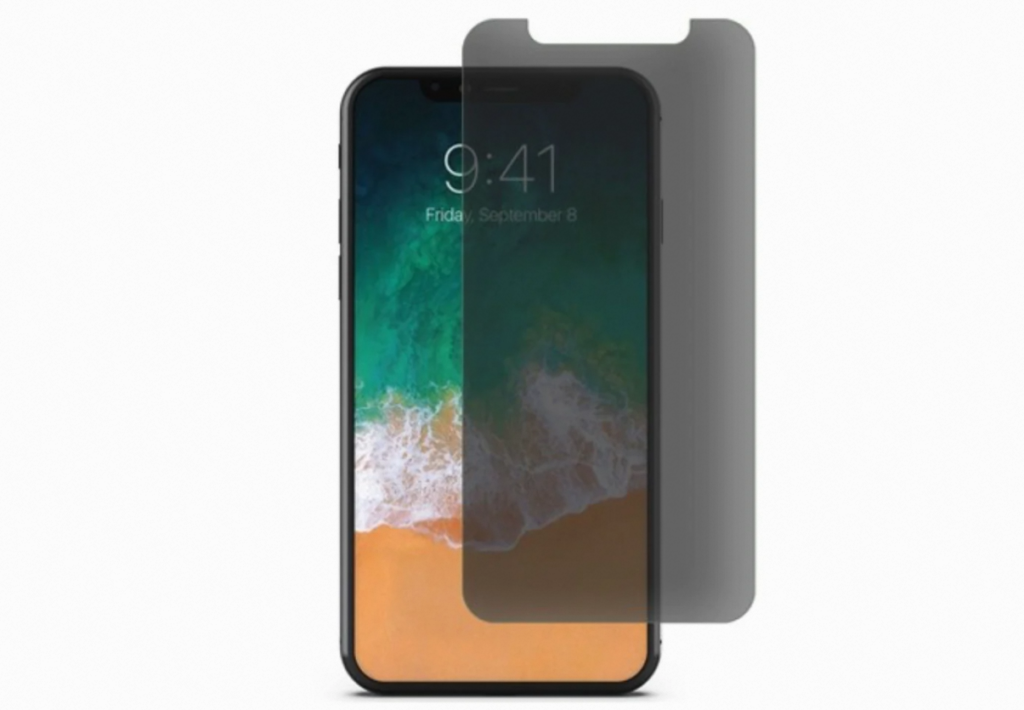Our personal devices are constantly with us, and we use them for everything from accessing sensitive information to communicating with loved ones. With the growing concern for digital privacy, it’s no wonder that people are turning to privacy screen protectors to safeguard their devices from prying eyes. However, with so many options available, choosing the right privacy screen protector can be overwhelming.
Understanding Privacy Screen Protectors
Before we dive into how to choose a privacy screen protector, it’s essential to understand what they are and how they work. A privacy screen protector is a thin layer of film that is placed over the screen of your device to make it difficult for people around you to see what’s on your screen. This film works by reducing the viewing angle of the device, so people can only see what’s on the screen when they’re directly in front of it. The level of privacy you get from a privacy screen protector varies, with some filters providing more effective shielding than others.
Choosing a Privacy Screen Protector Based on Your Needs
When it comes to choosing a privacy screen protector, there are several factors to consider. Here are some things you should keep in mind when selecting the right one for your device.
- Device Compatibility: Make sure the privacy screen protector you choose is compatible with your device. Privacy screen protectors are available for a wide range of devices, including smartphones, tablets, laptops, and desktop monitors.
- Level of Privacy: The amount of privacy you need will depend on your usage. If you’re using your device for sensitive work or handling confidential information, you’ll need a privacy screen protector with a high level of opacity. On the other hand, if you’re using your device for casual browsing or social media, a lower-opacity filter may be sufficient.
- Viewing Angle: Consider the viewing angle of the privacy screen protector you’re choosing. Some filters have a narrow viewing angle, which means that people can only see what’s on the screen if they’re directly in front of it. Others have a wider viewing angle, which can be helpful if you need to share your screen with others.
- Ease of Use: Look for a privacy screen protector that is easy to install and remove. Some filters use adhesive to stick to the screen, while others use a magnetic attachment. Choose the one that you find most convenient.
- Durability: You’ll want a privacy screen protector that can withstand daily wear and tear. Look for one that is scratch-resistant, smudge-proof, and can handle accidental drops.
Types of Privacy Screen Protectors
Privacy screen protectors come in various types and materials. Here are some of the most common ones.
- Adhesive Privacy Screen Protectors: These are the most popular privacy screen protectors and use an adhesive to stick to the screen. They are easy to install and are available in both high and low opacity levels.
- Tempered Glass Privacy Screen Protectors: These are made from tempered glass and provide a high level of protection against scratches and drops. They also offer a higher level of privacy than adhesive protectors.
- Magnetic Privacy Screen Protectors: These attach to the device using magnets and are easy to remove and reattach. They offer a high level of privacy and are available in both high and low opacity levels.
- Slide-on Privacy Screen Protectors: These slide onto the device and are easy to remove when not needed. They offer a moderate level of privacy and are suitable for casual browsing.
Maintaining Your Privacy Screen Protector
Once you’ve chosen the perfect privacy screen protector for your device, it’s essential to maintain it properly. Here are some tips for keeping your privacy screen protector in top condition.
- Clean it regularly: Use a microfiber cloth to clean your privacy screen protector regularly. Avoid using harsh chemicals or abrasive materials that can scratch the surface.
- Avoid dropping your device: Privacy screen protectors can crack or shatter if you drop your device. Invest in a protective case to help prevent damage.
- Be careful with adhesive protectors: Adhesive privacy screen protectors can leave a residue on your device if not removed carefully. Use a credit card or similar object to remove any leftover adhesive.
- Replace when necessary: Over time, privacy screen protectors can become scratched or damaged. If your filter is no longer providing the level of privacy you need or is showing signs of wear and tear, it’s time to replace it.
Choosing the right privacy screen protector for your device is essential to safeguarding your privacy and protecting sensitive information. Whether you’re using your device for work or personal use, there’s a privacy screen protector that’s right for you.
